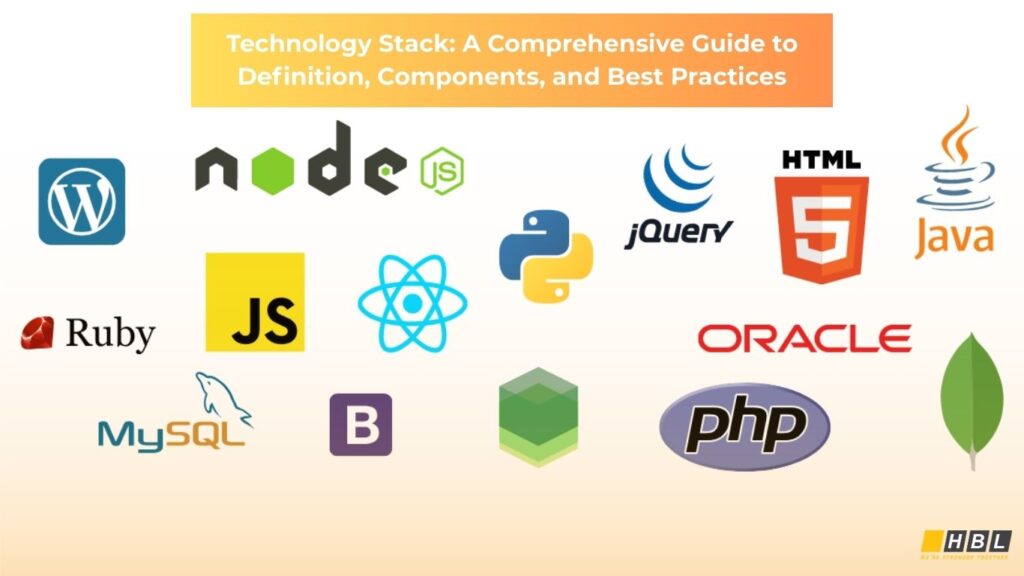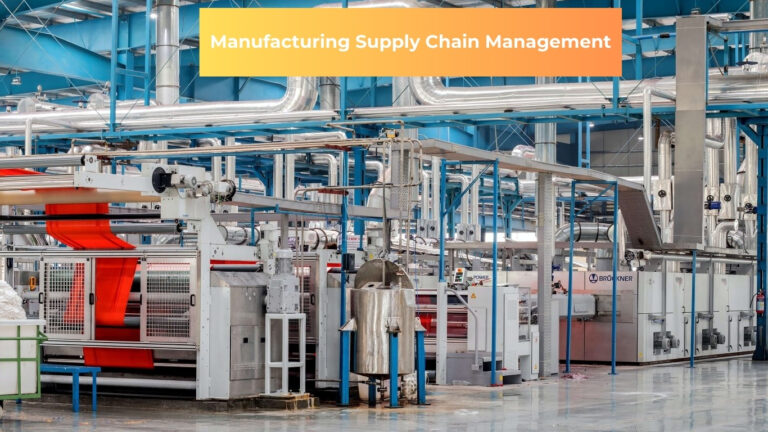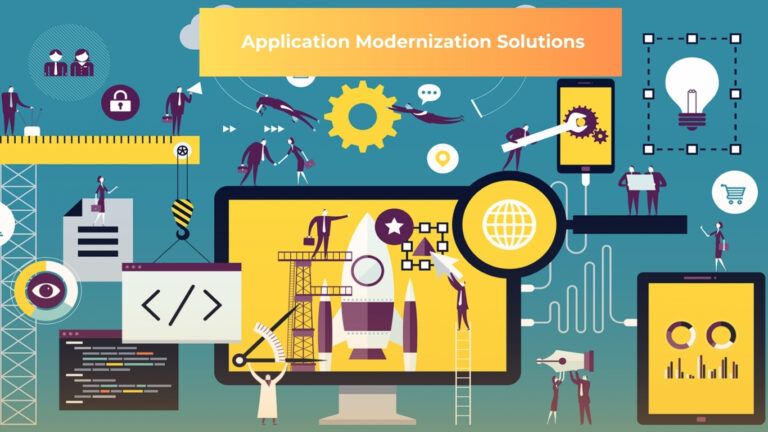Introduction
In the digital-first economy, the success of a product often depends on its technology stack. This set of tools and frameworks forms the technical foundation of every web platform, mobile application, or enterprise system.
Startups in Singapore, e-commerce businesses in Australia, and financial institutions in the United States all rely on carefully selected stack construction technologies to remain competitive. Choosing the wrong tools can slow development, inflate costs, and expose security risks. On the other hand, the right technological stack can ensure speed, reliability, and long-term scalability.
This guide provides a detailed breakdown of:
- What is a technology stack?
- Technological stack meaning in business
- Key components and examples
- Types of stacks (MERN, MEAN, etc.)
- Best practices and mistakes to avoid
- Emerging trends for 2025
- How HBLAB can support businesses with stack consulting
What Is a Technology Stack?
A technology stack is the structured combination of programming languages, frameworks, databases, and tools used to build and run software. In simple words, it is the recipe that defines how a product is built and operated.
Example:
A ride-hailing app might use:
- Frontend: React Native (mobile interface)
- Backend: Node.js + Express.js
- Database: MongoDB for driver/rider data
- Hosting: AWS for cloud infrastructure
- Payment Gateway: Stripe or PayPal integration
This combination ensures the app is responsive, secure, and scalable.
Technological Stack Meaning in Business Terms
For businesses, the technological stack meaning is not just technical—it’s strategic. Choosing a stack affects:
- Innovation Speed: Faster stacks mean quicker product launches.
- Cost Efficiency: Some stacks rely on free open-source tools, while others require paid licenses.
- Market Reach: Cross-platform stacks like Flutter or React Native help reach more users with fewer resources.
- Compliance & Security: Industries like healthcare (HIPAA) and finance (PCI-DSS) must follow strict compliance frameworks, shaping their technology decisions.
- Talent Hiring: A company choosing a rare stack may struggle to hire developers, slowing down growth.
In short, the stack is not just about development—it impacts profitability and sustainability.
Key Components of a Technology Stack
1. Frontend (Client Side)
This is the visual layer—everything users see and interact with.
- Languages: HTML (structure), CSS (design), JavaScript (interactivity)
- Frameworks & Libraries: React (Facebook), Angular (Google), Vue.js (community-driven)
- UI Tools: Tailwind, Bootstrap for faster, consistent design
👉 Example: Netflix’s UI uses React to ensure smooth, responsive streaming experiences.
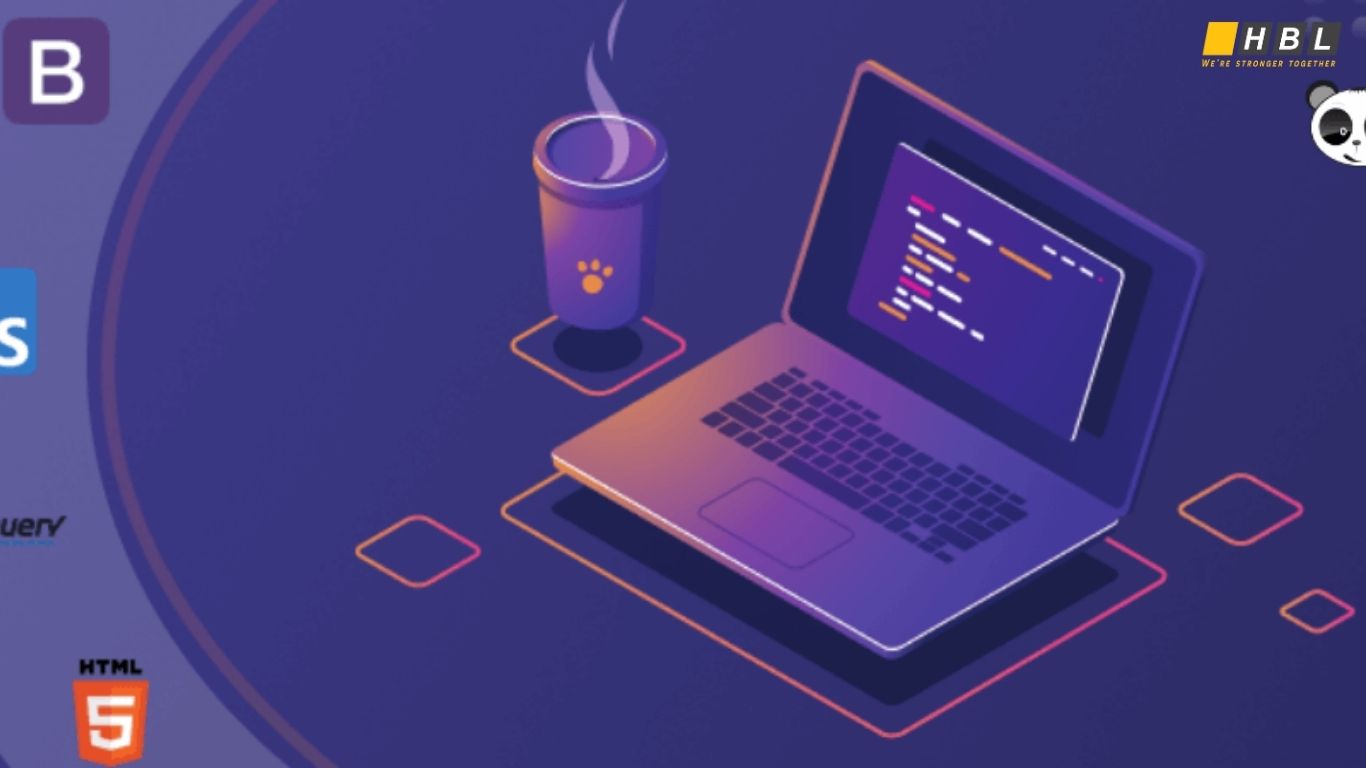
2. Backend (Server Side)
The backend manages logic, authentication, data processing, and communication.
- Languages: Python, Java, PHP, Ruby, Go
- Frameworks: Django (Python), Spring Boot (Java), Laravel (PHP), Express.js (Node.js)
- Databases:
- SQL: MySQL, PostgreSQL (structured data)
- NoSQL: MongoDB, Cassandra (flexible schema)
- In-Memory: Redis (real-time performance)
- SQL: MySQL, PostgreSQL (structured data)
👉 Example: Instagram uses Django + PostgreSQL for stability and high traffic handling.
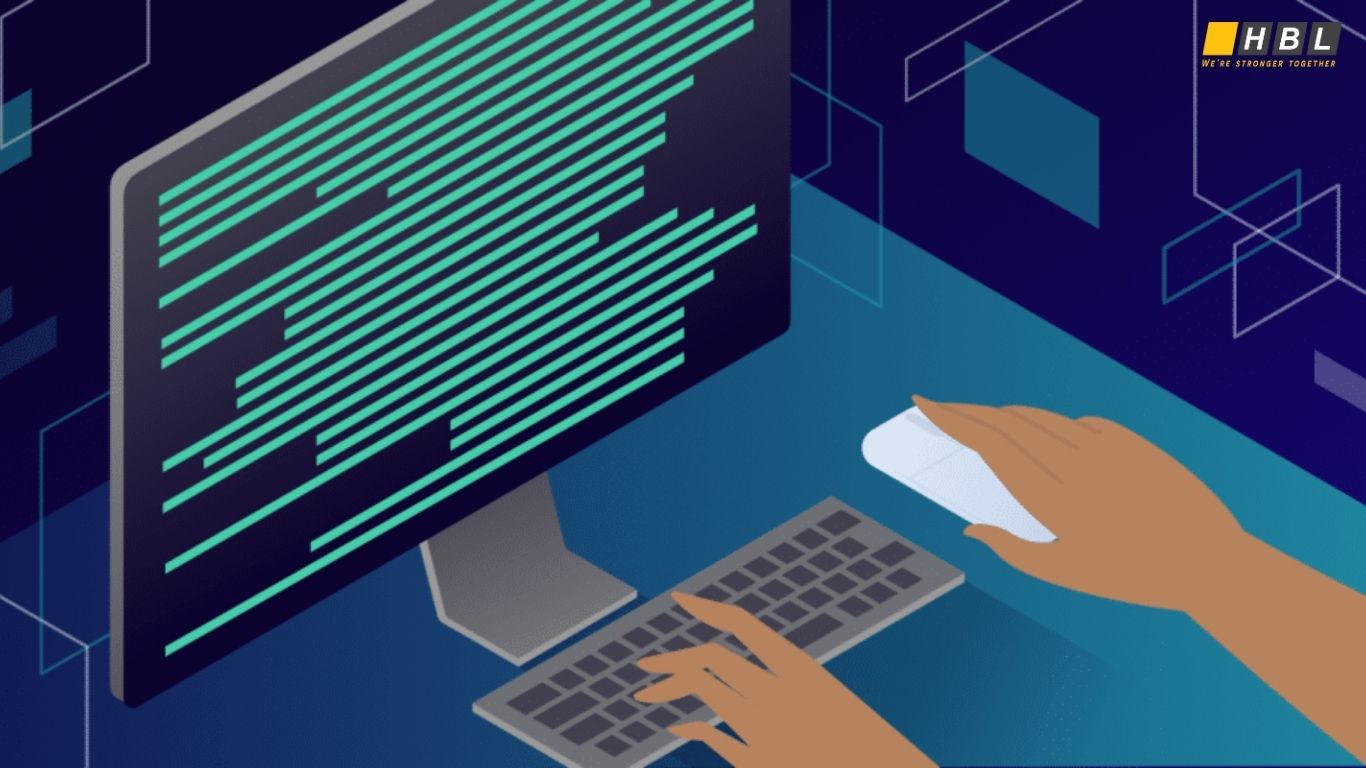
3. Infrastructure & Development Tools
These are the support systems ensuring smooth deployment and collaboration.
- Version Control: Git, GitHub, GitLab for source code management
- CI/CD Pipelines: Jenkins, GitHub Actions for automated testing & deployment
- Hosting & Cloud Providers: AWS, Azure, Google Cloud
- Containerization & Orchestration: Docker, Kubernetes for scaling apps
👉 Example: Uber relies on Kubernetes to handle massive global traffic.
Popular Technology Stack Models
MEAN Stack
- MongoDB, Express.js, Angular, Node.js
Ideal for real-time chat, SPAs (single-page applications), and lightweight startups.
LAMP Stack
- Linux, Apache, MySQL, PHP
One of the oldest but still reliable, widely used for small-to-mid websites.
Serverless Stack
- Cloud-native approach using AWS Lambda, Azure Functions
- Cuts costs, eliminates server maintenance, scales automatically.
Factors to Consider When Choosing a Technology Stack
- Business Objectives – e.g., fintech requires strong security, while e-commerce demands scalability.
- Development Speed – Startups often favor rapid prototyping tools like MERN.
- Budget – Consider total cost (licenses, hosting, maintenance).
- Developer Expertise – Choose stacks your team can handle.
- Performance & Scalability – Ensure low latency and ability to scale.
- Integration Needs – Enterprise systems often need ERP/CRM integrations.
- Security & Compliance – Critical for regulated industries.
Technology Stack Trends in 2025
- AI-Enhanced Stacks: Machine learning tools like TensorFlow and PyTorch integrated into apps.
- No-Code/Low-Code Development: Citizen developers creating apps without coding.
- Cross-Platform Dominance: Flutter and React Native rising in popularity.
- Cloud-Native Infrastructure: Microservices + Kubernetes adoption continues to grow.
- Security-First Design: Growing investment in encryption, API protection, and compliance frameworks.
Common Mistakes in Stack Construction
- Choosing trendy stacks without assessing business needs.
- Overengineering (too complex) or underengineering (too simple).
- Ignoring scalability, leading to performance issues later.
- Not prioritizing security until after launch.
- Adopting tools without considering developer availability in the market.
Case Study: Startups vs. Enterprises
- Startups (Singapore, Australia): Favor MERN/MEAN due to speed, open-source cost savings, and smaller teams.
- Enterprises (United States): Often use hybrid or custom stacks, prioritizing compliance, integration with legacy systems, and high availability.
FAQs About Technology Stacks
- What is a technology stack in simple words?
It’s the collection of tools (frontend, backend, databases, hosting) used to build an application. - Is “technology stack” different from “technological stack”?
No, they mean the same thing. “Technology stack” is just more widely used. - Which is the most popular stack in 2025?
MERN and cloud-native stacks remain dominant. - How do I pick the best stack for my project?
Consider scalability, budget, team skills, and business goals. - Can using the wrong stack damage a project?
Yes, it can increase costs, delay launches, and even cause failures.
Why Partner with HBLAB for Technology Stack Consulting
Selecting the right technology stack requires technical expertise and strategic thinking. That’s where HBLAB helps businesses succeed.
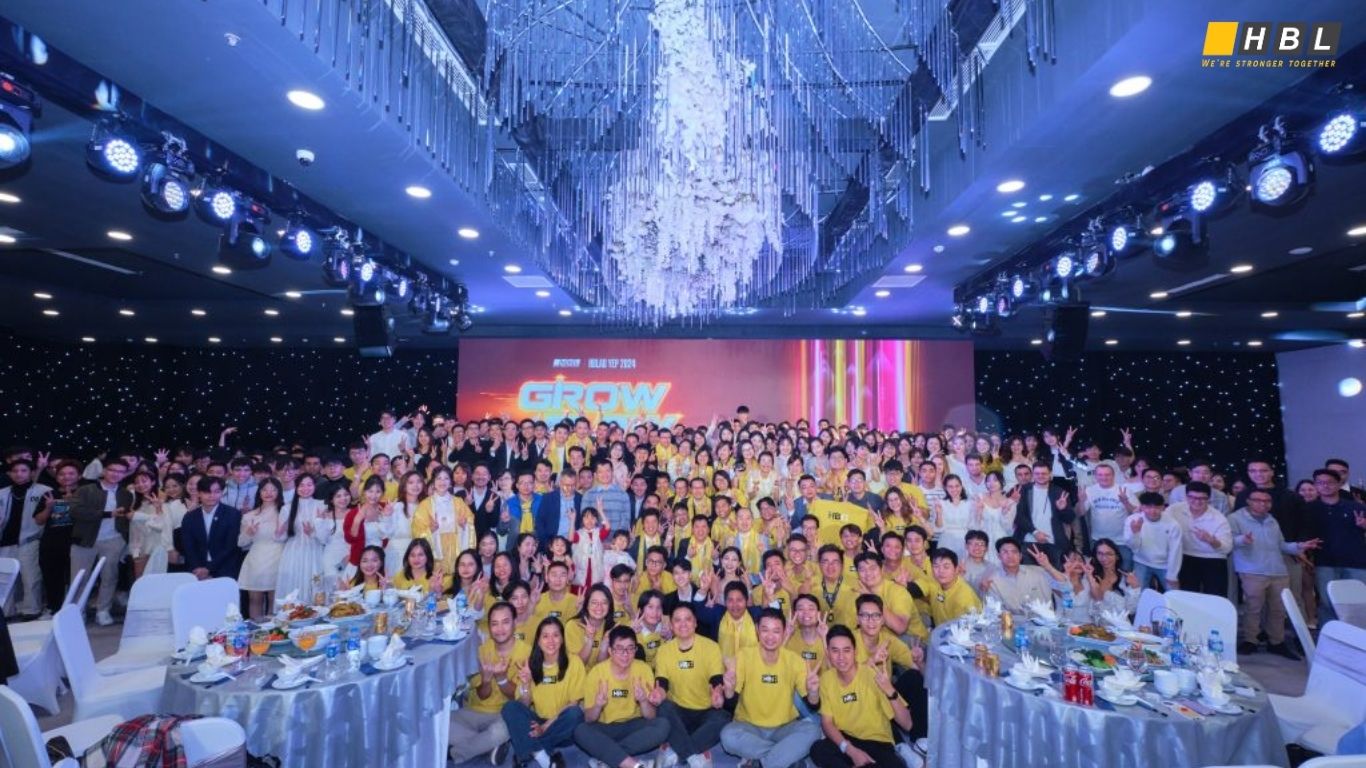
Why Clients Choose HBLAB:
- Large Talent Pool: Over 630+ professionals with diverse expertise.
- Global Reach: HQ in Vietnam with offices in Australia, Singapore, Japan, and South Korea.
- Experienced Workforce: 30% of staff are senior-level with 5+ years in complex projects.
- Flexible Cooperation Models: BOT, Offshore, Onsite, Dedicated Teams.
- Cost Advantage: Services at up to 30% lower cost than local providers.
- Wide Skill Coverage: From PHP, Java, Python, and Go to cloud-native and AI/ML.
- Security Commitment: Certified CMMI Level 3, ensuring process reliability and data protection.
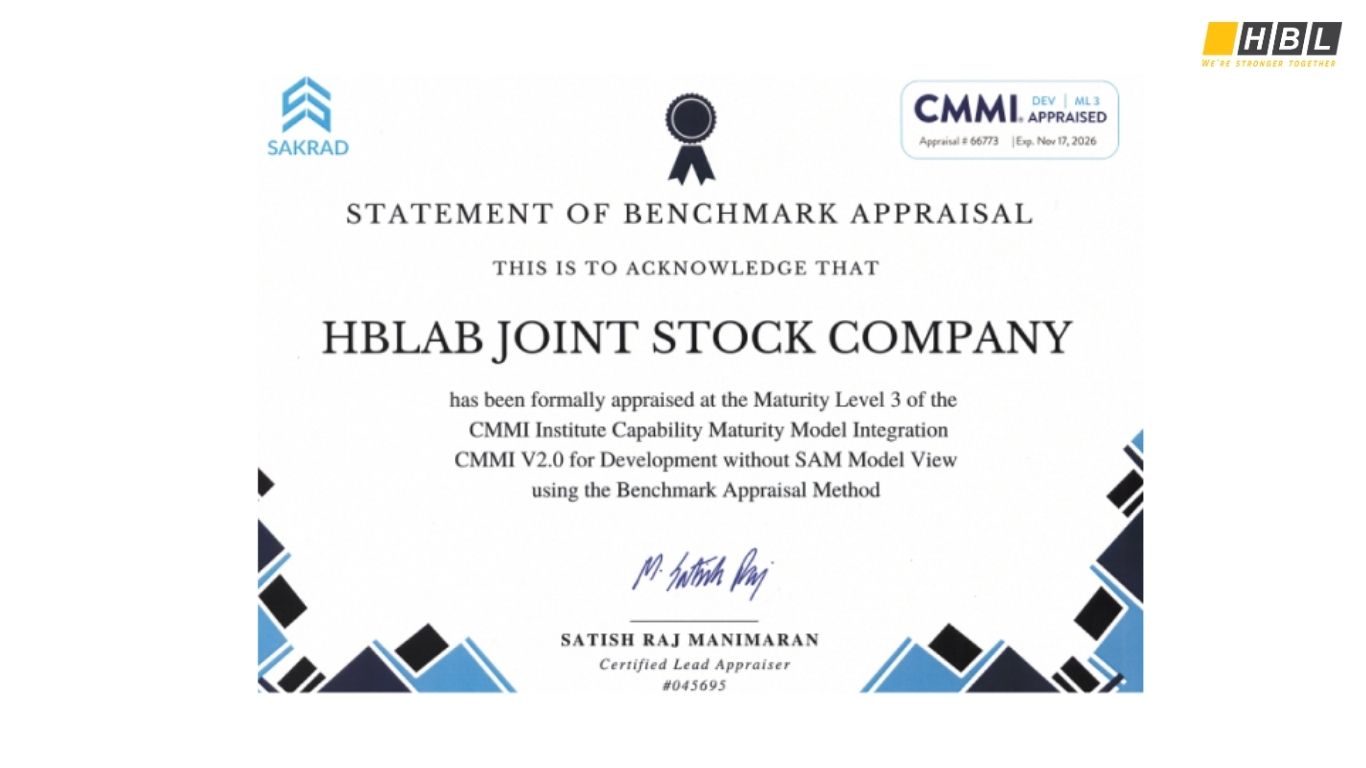
👉 Contact HBLAB today to design and implement the right stack construction technologies that fit your growth strategy in 2025 and beyond.
Conclusion
A technology stack is more than a technical decision—it’s a business strategy. The right stack enables innovation, reduces costs, and supports scalability. By understanding the technological stack meaning, analyzing project requirements, and staying ahead of 2025 trends, companies in Australia, Singapore, and the United States can thrive in competitive markets.
Partnering with HBLAB ensures you get expert guidance, cost efficiency, and reliable execution for building strong digital foundations. With the right stack, your business can scale confidently into the future.
Read more:
– Agentic Reasoning AI Doctor: 5 Extraordinary Innovations Redefining Modern Medicine
– The Best Computer Security Companies of 2025: A Comprehensive Provider Guide
